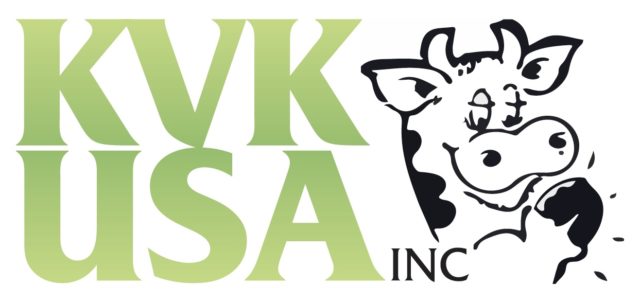January 2009 seems like a decade ago. Milk price averaged a balmy $16.12. Predictions of 2009 losses of $1,000 per cow seemed fanciful. We urged both producers and industry to work together to cushion against an industry-wide decimation, and wondered how farms would cope. Now we know. Unfortunately, the end of this story is far from over and although now we know, we don’t know it all.
Surviving $12 milk in an $18 world
Milk price has averaged $12.89 through October, $0.58 lower than projected. Net farm incomes are averaging a loss of $750 per cow and this will be even higher once we get all the accrued expenses accounted for at year-end. The question we get asked most often is: “How is everyone else surviving?” I’d have to say that they are doing so by following our advice and learning lessons in the areas of credit, cost control and communication.
Credit
In the Northeast, lenders have stepped up to the plate and helped producers borrow, refinance and re-schedule both operating line and term debt. In the face of falling collateral values they have provided as much of a cushion as is prudent, and sometimes, even more. The same can be said for suppliers. However, everyone has their limits and we are fast approaching these on many farms. Lessons learned: Strong creditor relationships made during good times pay handsome dividends during bad times.
Cost control
More than one client has told me recently that they were forced by circumstances to make changes to their operations that actually provided long-term improvements to the business. Dairy producers could teach others that a “too big to fail” attitude serves no one in the long-run. Lessons learned: Decisions based on emotion have not provided as good a result as those implemented after serious inquiry and modeling.
Communication
Accurately portraying the farm’s financial position and production trends has provided many producers and their key suppliers with the information necessary to make timely adjustments to their operation. Accurate financial records have helped lenders make better and faster credit decisions. Production information, especially utilized in a dairy advisory team setting, has helped producers discover new opportunities. Developing the infamous “to-do” list has helped many avoid the paralyzing effect of the cash-flow blues.
Lesson learned: Knowing what to do next, given the current situation, is strong medicine for managers caught up in an unhealthy industry.
What’s next?
Let’s face it, the cause of the current milk price situation is significantly different than other milk price cycles we have seen. Anyone who thinks this cycle is different by a matter of degree has not been paying attention.
The U.S. and world economies are in uncharted waters. Governments are spending money faster than it can be printed. States and entire nations are on the verge of bankruptcy. A year ago, who would have believed that our government would have nationalized the financial system, auto industry, health care (if it doesn’t I’ll be happy I’m wrong) and energy (cap & trade)? Any student of economics 101 understands that more regulation and higher taxes cause a depressed economy. Depressed economies mean lower disposable incomes ... for things like dairy products.
Increased demand from national or international markets are not going to significantly increase milk prices, which means the bulk of the heavy price-lifting will need to come from a reduction in supply. And supply is regulated by the number of dairy producers left standing after a good, long slug-fest.
With much tighter margins in the good years, better management information will be more important than ever in making production and milk marketing decisions. Strap in tight because this story is far from over. PD
—Reprinted from the November 30 Dairy Dashboard newsletter
Bruce Dehm
Ag Economist & President
Dehm Associates, LLC
bdehm@dehmassociates.com




